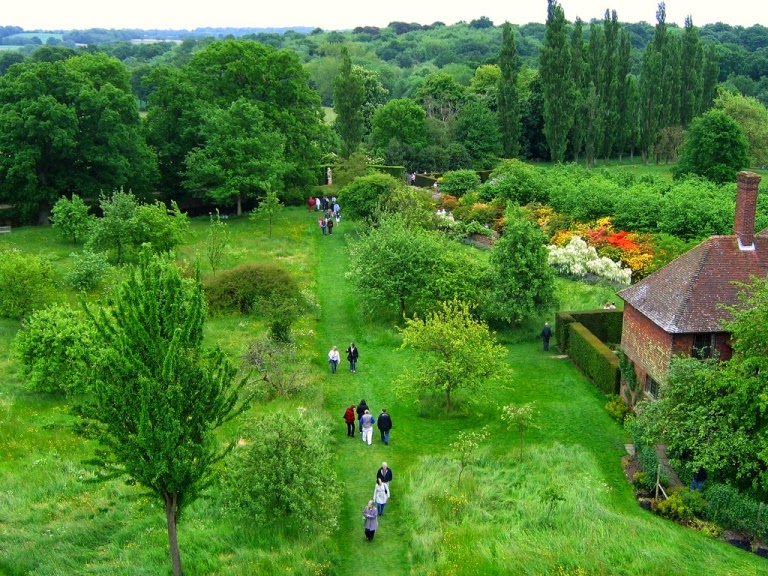The best recipe for success with your beloved plants in the garden is actually the choice of plants itself. If you match the requirements with the conditions of your climate zone and specific conditions you have in your own location, your life would be much easier and your garden much healthier.
I know why we garden lovers too often try to cultivate plants that have little chance to thrive, that struggle to survive the condition and give us little pleasure in return for efforts and money we spend to make them feel comfortable. Why I know? Because been there and done that.
There are three reasons. First we feel almost almighty, so we can change the condition in the garden and make it suitable for the chosen plants. Which partially might be true, but makes gardening more difficult. At the end we can’t win over Mother Nature, she is too powerful.
Second, we are ignorant and make mistakes. I don’t know how it is in your country, but in Poland there is no proper info coming with the plant. In good garden centers there are sometimes trained sales assistants who could be asked and provide accurate information, but most often there is nobody to ask because the employers while reducing the costs, they tend to hire people with less and less expertise, even sometimes nonexistent.
The third reason that comes to my mind is that we are simply, let’s say, in love aka fascinated and obsessed with certain plants and species. In such malignant state that continues sometimes for years, we do not accept facts, but we rather allure ourselves with our dreams and wishes.
I wonder what’s your obsession? I will tell u mine.
For years this were hydrangeas. Particularly Hydrangea macrophylla. I
still love them, but I understood that Hydrangea macrophylla will not
grow and flower profoundly in my garden, because of climate zone. I am
living in 6b zone, where in winter temperature may drop to -30C/-22F.
Such temperatures kill the flower buds and large part of the stems.
I
tell you what, the sad truth is that there is no perfect winter
protection. Using different kinds of winter protections made me save
some of the stems and buds, but I was never happy with flowering…. Maybe
next year it will be better… I usually thought. But why to wait till
next year, while here and today is only thing that matters? It’s been 10
years since I am gardening here and every year, there was hope for next
year.
Further recommended reading
Heavenly Hydrangeas: A Practical Guide for the Home Gardener
And one day last summer, while traveling to the Western part of Poland,
where climate is milder (6a zone) I stopped at the garden with stunning
Hydrangea macrophylla flowering!
I couldn’t resist to ring the bell and
ask if could take a photo. She was kind to agree, in fact she was very happy
to share her pride and beauties with me.
The lady told me she is obsessed with hydrangeas for over 30 years and they always bloomed
nicely for her, but she also admitted that this year is simply amazing
because of milder winter we had.
She was kind enough to show me inside
of the garden, I couldn’t see from the street. I am telling you, it is
hydrangeas paradise! I have never seen such hydrangeas bloom in Poland.
Further recommended reading
Heavenly Hydrangeas: A Practical Guide for the Home Gardener
So, this is the story of the photos I share today. Seeing such abundance
of flowers make me admit to myself that trying to make Hydrangea
macrophylla happy in Masovia (Poland)where I live, is a waste of money
and time.
But nurseries and professional plant growers will never share
this secret.
Further recommended reading
Heavenly Hydrangeas: A Practical Guide for the Home Gardener
Further recommended reading
Heavenly Hydrangeas: A Practical Guide for the Home Gardener






































.JPG)







